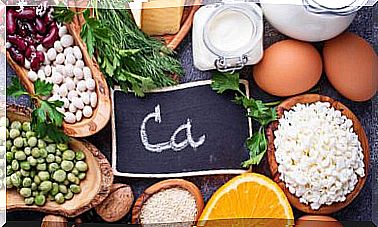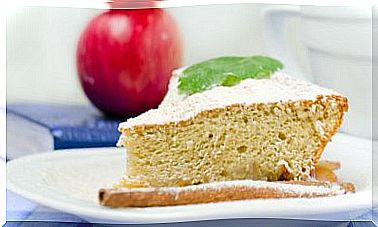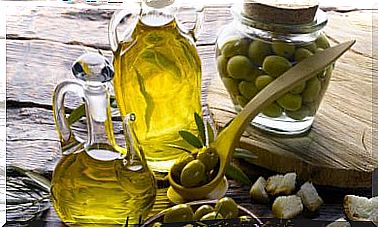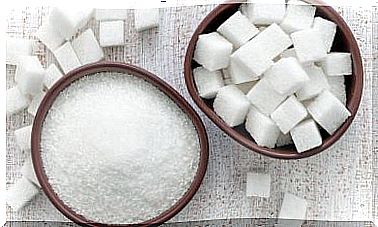Two Essential Remedies At Home: Arnica And Calendula
Depending on the type of trauma we want to treat, we should use one or another plant. Arnica is perfect for treating bruises, while calendula is recommended for wound injuries.
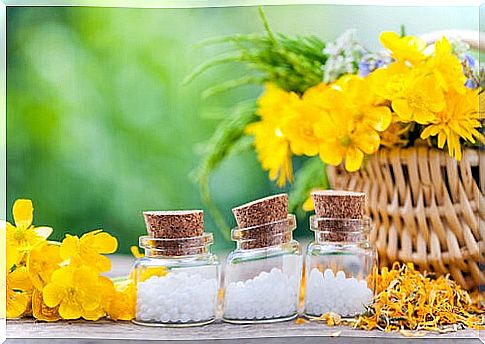
If we want to have a kit of natural remedies at home we have to acquire, first of all, two fundamental products: arnica and calendula.
These two medicinal plants are marketed in different formats. They allow us to solve many minor day-to-day domestic accidents, especially if there are children at home.
Discover in this article why you should have arnica and calendula remedies at home and how we should use them.
A medicine cabinet with arnica and calendula
We all have some essential medications at home. However, the ideal would also be to have a kit based on natural remedies that allow us to treat all kinds of specific problems that we may have on a day-to-day basis: wounds, bruises, burns, irritations, etc.
If we have these natural products within reach, it will be much easier and more comfortable to use them. We just have to know which are the most important and how we should use them.
In this article we will talk about the two most important ones, which are those made with arnica and calendula. These are two medicinal plants with incredible properties and without side effects for our health.
Arnica
This medicinal plant grows wild in the mountains, as it is very sensitive to pollution. In addition, its collection has been restricted in many countries, since it has been increasing in recent years considerably due to its therapeutic properties.
It is characterized by its showy yellow flower and the variety used to make the remedies is Arnica montana.
The properties of this medicinal plant are the following:
- Its high anti-inflammatory power makes it the ideal remedy for bruises, as well as rheumatism, by relieving pain and improving recovery.
- Softens, hydrates and soothes the affected skin.
- Helps reduce bruising.
- It allows to treat muscle tears or strains, as well as sprains or dislocations in the joints.
How do we use arnica?
The main use of arnica preparations is external, through the topical application of oils, gels or creams, since their consumption could be toxic. It is important to note that it is recommended for any contusion as long as there is no wound on the skin.
Regarding its consumption, homeopathic preparations are totally safe. They have shown great benefits to improve the treatment of the same disorders that we have mentioned.
Consuming the homeopathic remedy of arnica can be beneficial in reducing any type of inflammation.
It is also highly recommended in cases of surgeries, to improve recovery, healing and the convalescence process, as well as to reduce pain, bleeding, edema, etc.
In this case, it should be taken both before and after the operation.
Arnica is a well-known natural remedy among athletes, both for its topical application and as a homeopathic remedy.
Calendula
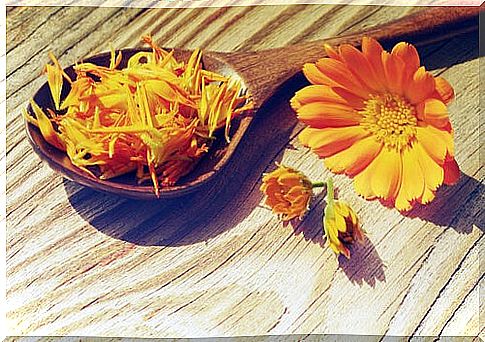
The marigold flower ( Calendula officinalis ) is also yellow or orange in color and belongs to the same family as arnica. We find it in places with a temperate climate and, if we want to collect it fresh, it is recommended to do so at noon, which is when it best preserves its medicinal properties.
Calendula remedies are used precisely for those bruises that do have a wound, unlike arnica. Thanks to its anti-inflammatory and analgesic properties, we can use it to treat:
- Wounds
- Irritations.
- Scars
- Blisters
- Sores in the mouth
- Mushrooms.
- Dermatitis.
- Vaginal infections
- Conjunctivitis.
- Herpes.
- Warts
- Acne.
- Stretch marks.
How do we use calendula?
We can find a multitude of calendula remedies or even prepare them ourselves at home. The best known and most used are the following:
- Cream: to apply to all types of skin conditions and wounds.
- Oil: can be mixed with other ingredients or oils and is very suitable for delicate skin or acne. This oil is made by maceration in a basic vegetable oil.
- Dried flower infusion: has diuretic effects.
- Poultice of fresh flowers.
- Decoction: for conjunctivitis and inflamed eyelids.
The petals of the marigold flower are used regularly to decorate some dishes such as salads or stews, since the flower is edible and is also very showy.
On the other hand, if we want to use it to prepare the remedies, it is recommended to let it dry first, unless we want it for a poultice.


